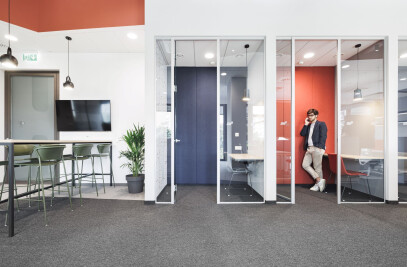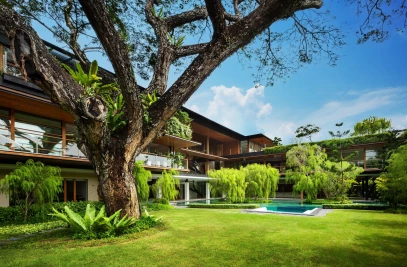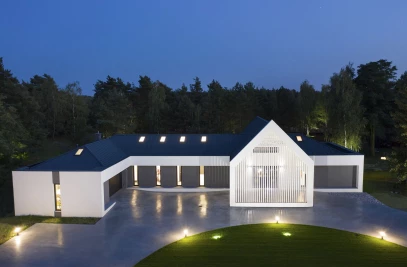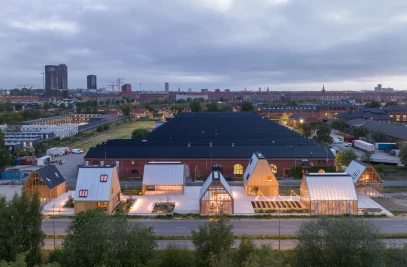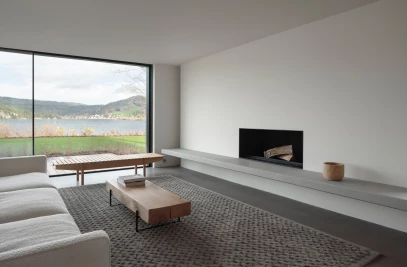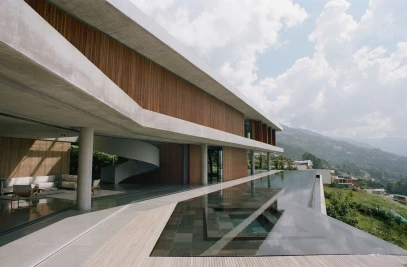Grafton Architects intends to create a porous informal building through which Kingston University adds an inviting civic space to the Kingston upon Thames community. One that acts as the University’s front door and gateway to the campus.

Grafton Architects explains: “Imagine a place where reading, dance, performance, lectures, exhibitions, research and learning, happily co-exist, under one roof, and the door is open to everyone. This is the new Town House in Kingston.”

The architects organised the building as a three-dimensional matrix of overlapping and interlocking spaces and uses as a means to encourage collaboration and exchange. Students can easily find secluded corners for inventive studying and collaborative group work.

The porous nature is emphasized by multiple entrances and access points into the building. An open stairway weaves its way through mostly open-plan floors. Perimeter circulation is combined with internal circulation to add to a sense of openness and give a choice of movement. A series of voids allow users to see what is happening throughout the building.

Town House houses the main university library, dance studios, studio theatre, adaptable learning space and two cafes. A triple height precast concrete internal courtyard, flexible performance and assembly space is located on the ground floor. Work spaces are placed on the upper levels suited to individual study and collaborative group working.

Undercroft colonnades on the ground floor invite public use and are intended to draw students, staff, visitors and the community into the life of the building. The colonnade is reflective of external cloisters seen in Northern European architecture. The colonnade is raised to higher levels to form a series of cascading terraces.

On the top level external public terraces offer spectacular views across the River Thames. New landscaped public areas and flow-over spaces form the heart of this informal and open building.



























